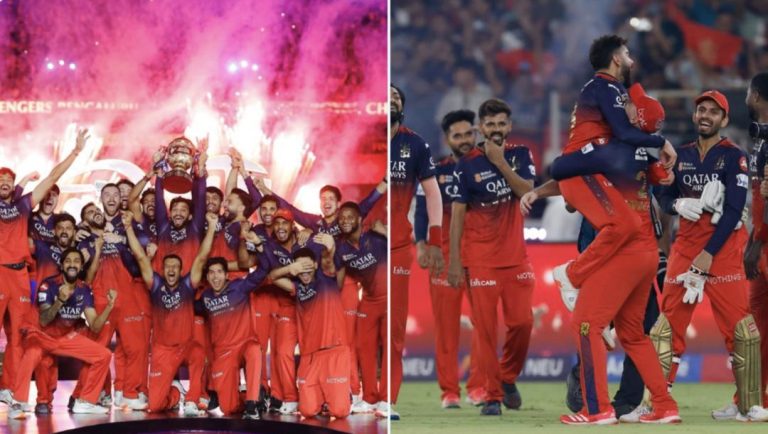
Insta grabs attention fast; FB builds lasting community & loyalty
In today’s digital age, social media has become an essential platform for businesses to connect with their target audience, build brand awareness, and drive sales. Among the numerous social media platforms available, Instagram and Facebook are two of the most popular and widely used platforms. Both platforms have their unique strengths and weaknesses, and understanding these differences is crucial for businesses to create an effective social media strategy.
In this blog post, we will explore the differences between Instagram and Facebook in terms of user preferences, engagement, and loyalty. We will discuss how Instagram’s fleeting nature grabs attention quickly, while Facebook’s dialogue-driven nature fosters lasting community and loyalty.
Instagram: A Fleeting Attention Grabber
Instagram is a visually-driven platform, with users scrolling through their feeds at an incredible pace. The platform’s design is purposefully fleeting, with content appearing and disappearing rapidly. This fast-paced environment is ideal for grabbing attention quickly, as businesses can create eye-catching content that stops users in their tracks.
According to a study by Growth Jockey, Instagram users spend an average of 53 seconds per day on the app, with 70% of users scrolling through their feeds for 15 minutes or less. This short attention span means that businesses must create content that is highly engaging and attention-grabbing to stand out from the crowd.
Instagram’s fleeting nature is perfect for businesses looking to:
- Drive website traffic: Instagram’s fast-paced environment is ideal for driving traffic to a business’s website. By creating engaging content that encourages users to click on a link, businesses can drive traffic to their website and increase conversions.
- Launch new products: Instagram’s real-time nature is perfect for launching new products or promotions. By creating buzz around a new product, businesses can generate excitement and drive sales quickly.
- Share behind-the-scenes content: Instagram’s visually-driven environment is ideal for sharing behind-the-scenes content, such as sneak peeks of new products or company events.
Facebook: A Dialogue-Driven Community Builder
Facebook, on the other hand, is a dialogue-driven platform that fosters community and loyalty. The platform’s design is centered around conversations, with users engaging with each other through comments, shares, and likes. This dialogue-driven nature is perfect for building lasting relationships with customers.
According to the same study by Growth Jockey, Facebook users spend an average of 38 minutes per day on the platform, with 60% of users engaging with content for 30 minutes or more. This extended engagement time means that businesses can create content that sparks conversations, encourages sharing, and builds lasting relationships with customers.
Facebook’s dialogue-driven nature is perfect for businesses looking to:
- Build brand loyalty: Facebook’s community-driven environment is ideal for building brand loyalty. By creating content that sparks conversations and encourages sharing, businesses can build a loyal community of customers who will advocate for their brand.
- Share educational content: Facebook’s dialogue-driven environment is perfect for sharing educational content, such as tutorials or industry insights. By creating content that sparks conversations, businesses can establish themselves as thought leaders in their industry.
- Share user-generated content: Facebook’s community-driven environment is ideal for sharing user-generated content, such as customer testimonials or reviews. By showcasing customer content, businesses can build trust and loyalty with their audience.
The Imperative of Both Platforms
While both platforms have their unique strengths and weaknesses, understanding the differences between Instagram and Facebook is crucial for businesses to create an effective social media strategy. By using Instagram to grab attention quickly and Facebook to build lasting community and loyalty, businesses can create a powerful social media presence that drives engagement and conversions.
In conclusion, Instagram’s fleeting nature is perfect for grabbing attention quickly, while Facebook’s dialogue-driven nature is ideal for building lasting community and loyalty. By understanding the unique strengths and weaknesses of each platform, businesses can create a social media strategy that drives engagement, conversions, and brand loyalty.
Source:
https://www.growthjockey.com/blogs/instagram-vs-facebook-user-preferences-and-engagement






